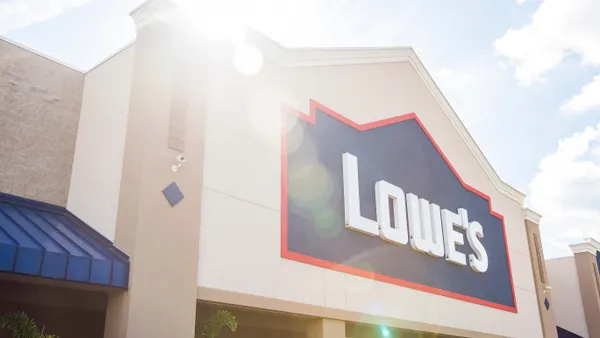This is a contributed op-ed written by Katherine Ross, managing director of Stone Cliff Consulting and the former world wide vice president of customer and logistics services for Johnson & Johnson. Opinions are the author's own.
When the pandemic first hit, it brought an onslaught of crises — supplier shutdowns, wild demand swings, transport interruptions — all while supply chain executives ran war rooms virtually, on spreadsheets, perhaps from a spare bedroom.
Supply chain leaders are accustomed to managing disruption. Running scenario drills and creating backup plans in the event of weather-related catastrophes, labor stoppages, tariff barriers and other challenges is part of the DNA. But facing Covid-19 has been beyond our experience or imagination.
Currently, it may feel like things are slowly coming back under control, and teams have adjusted to the "new normal." Just a couple more months and everything will be fine, right?
Wrong. Until supply chains restabilize, which will likely take years, the muscle memory that our networks have relied on to anticipate and resolve problems between different nodes of our supply chains is gone.
Now is the time for organizations to prepare for the next phase. This period is like the eye of the storm, a temporary moment of calm where savvy supply chain leaders are rebalancing their organization’s skill sets for the "next normal," before the winds pick back up.
Over the past five years, the supply chain industry has literally spent billions of dollars on planning capability. The next five years will be all about investing in execution to manage and eliminate disruption, and focus should be on incident management, operational agility and peak-season readiness.
Address issues swiftly
Putting in place a robust supply chain incident-management process should be a priority, if an organization has not already done so. It is a foundational capability that is woefully absent in many firms.
Operating on a much faster drumbeat than the typical sales and operations planning process, it allows companies to swiftly identify emerging risks, allocate resources and stifle issues before they have a chance to gather steam.
This period is like the eye of the storm, a temporary moment of calm where savvy supply chain leaders are rebalancing their organization’s skill sets for the "next normal," before the winds pick back up.

Supply chain managers will also need a tool (not Excel) that is supply-chain centric and acts as the single source of truth for the organization, providing both visibility and accountability.
Elementum, a pioneer in supply chain service management platforms, has seen a rapid acceleration in demand for its "Virtual War Room" capability, which centralizes incident collaboration, provides clear accountability of tasks, enables cross-ecosystem execution and delivers the power to manage and resolve day-to-day operational challenges with unprecedented speed.
Efficiently flex operational volumes
The pandemic has yielded some hair-raising spikes in demand — toilet paper and bread flour, as two examples. Interestingly, people weren’t using more toilet paper or eating more bread. But the demand had shifted across channels. So, at the same time there was no toilet paper or bread flour in grocery stores, there were warehouses bulging with institutional toilet paper rolls and 50-pound sacks of bread flour.
As stay-at-home orders have changed, historical demand patterns and classical planning systems are of little use. Each channel and region of the country have responded differently.
The ability to efficiently flex operational volumes will be of critical importance in capturing revenue while effectively managing costs. Rapidly onboarding new staff in warehouse environments is an example of a key differentiator in responding to demand surges.
Voxware, a leader in voice-based warehouse systems, reported some companies have cut new employee learning curves from three or four weeks down to one shift, with a focus on intuitive user interface design. Operational agility will make or break profitability over the next few years.
Prepare for holiday demand
Let’s also not forget the holiday season is almost here — and there’s no historical demand pattern on which to base supply forecasts.
Will demand be muted, due to economic conditions and limited retail opportunities? Or will there be an explosion of e-commerce orders, as families seek to bring the holiday season to their doors? Will companies know in time to respond?
Demand-sensing technologies (Google searches as a predictor of flu demand, for example) and inventory strategies that position products for rapid redeployment to demand hotspots will provide the opportunity to maximize order fulfillment.
The ability to efficiently flex operational volumes will be of critical importance in capturing revenue while effectively managing costs.

In this landscape with no historical guideposts, a company’s speed of sensing and reacting to new demand signals will drive the top line the rest of this year.
It’s time to graduate from Excel spreadsheets and mass Zoom meetings to processes and tool sets that will help shock-proof supply chains for the coming months and years. It is smart to act now and prepare, while in the calm eye of the storm.
This story was first published in our weekly newsletter, Supply Chain Dive: Operations. Sign up here.





















